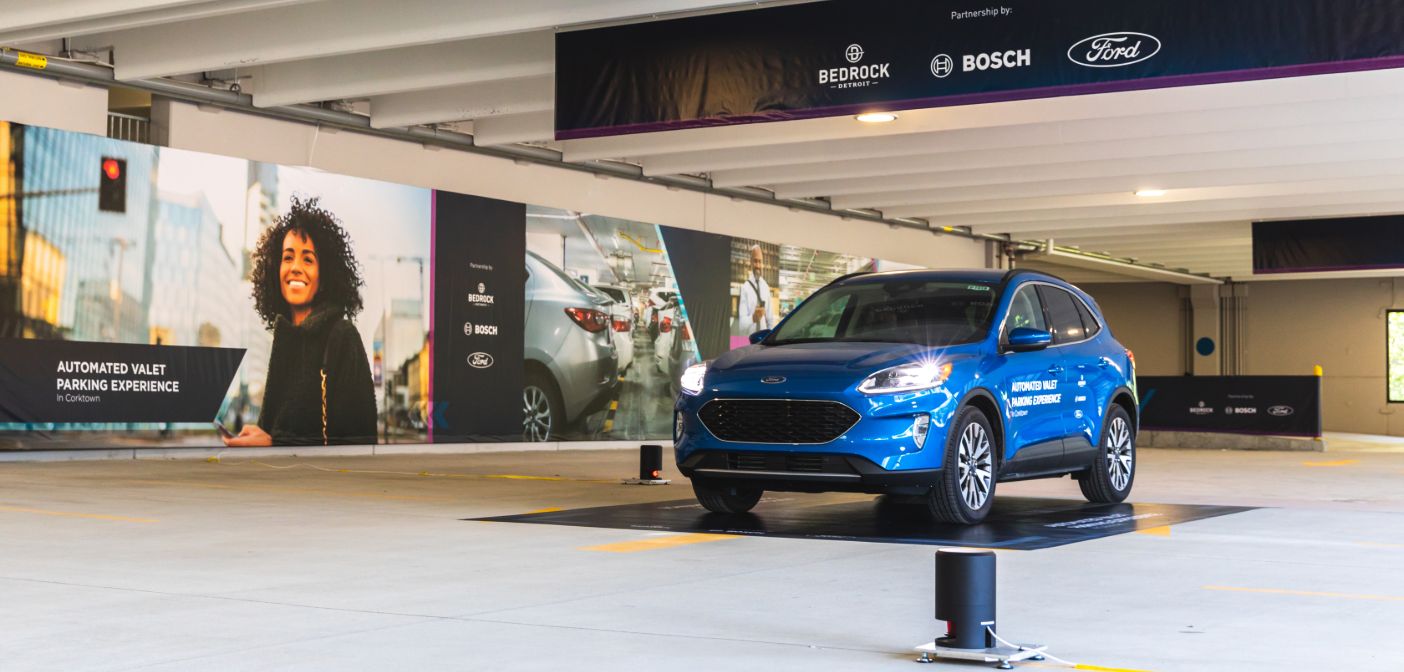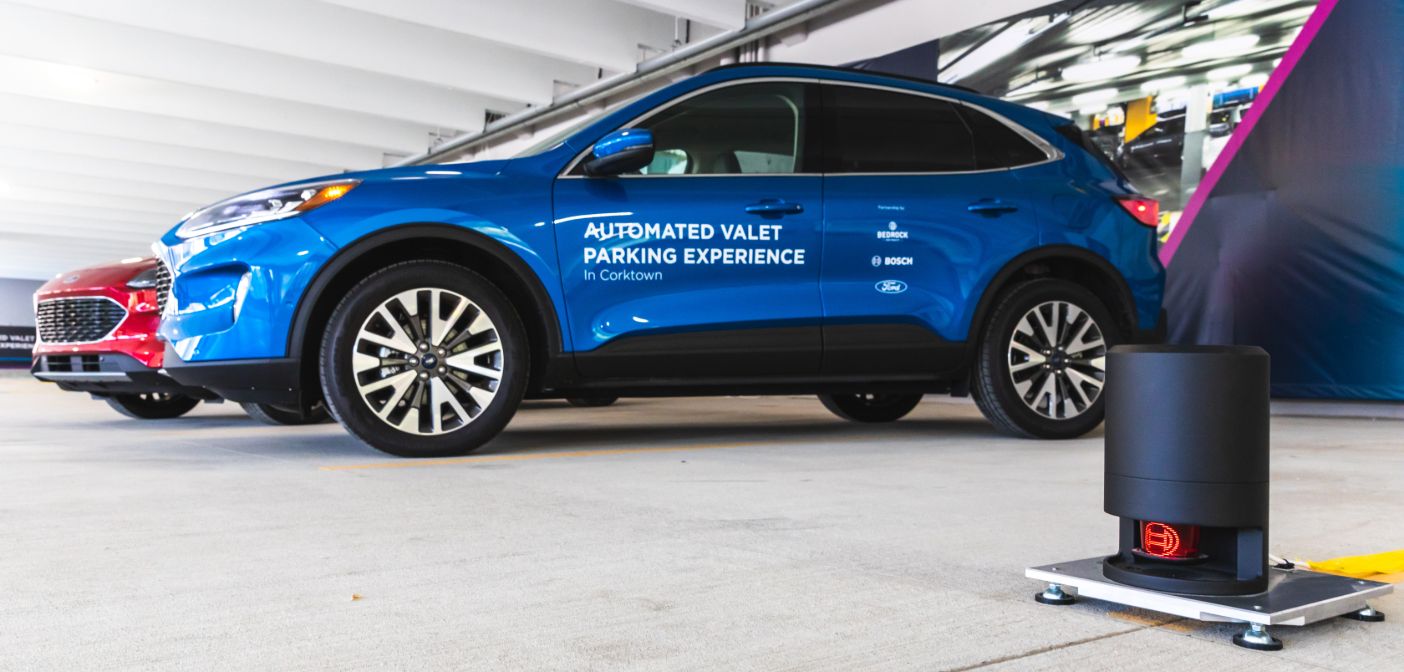Ford, commercial real-estate developer Bedrock and Bosch have announced the launch of a demonstration project to trial automated parking in Detroit.
Ford connected test vehicles will drive and park themselves inside Bedrock’s Assembly Garage, using Bosch smart infrastructure.
This is reportedly the first US infrastructure-based solution for automated valet parking where the vehicle will park itself inside a parking garage.
The research will take place in Corktown, the site of Ford’s new mobility innovation district, anchored by Michigan Central Station.
“We are continually searching for opportunities to expand our leading suite of Ford Co-Pilot360 driver-assist technologies that help people drive more confidently and we believe automated valet parking technology holds great promise,” said Ken Washington, chief technology officer at Ford .
“Our work with Bosch and Bedrock also aligns with our vision for the future, which includes increasingly automated vehicles that are more aware of their surroundings while requiring less on-board computing to help improve design, packaging and affordability.”

The demonstration project will be on display on the ground floor of Bedrock’s Assembly Garage, the real estate developer’s first residential redevelopment project in Corktown.
“We strive to be at the forefront of parking and mobility initiatives in Detroit because we recognise the importance of interconnectivity between real estate and mobility,” said Heather Wilberger, chief information officer at Bedrock.
“In addition to drastically reducing park time, we see this solution as the first step to bringing automated parking to our city, providing the ultimate convenience for our tenants, visitors, neighbourhoods and residents.”
The connected Ford test vehicles will operate in a highly automated fashion by vehicle-to-infrastructure (V2I) communication with Bosch’s intelligent parking infrastructure.
The infrastructure sensors recognise and localise the vehicle to guide its parking manoeuvre, including the ability to help avoid pedestrians and other hazards. If the infrastructure senses something in the vehicle’s path, it can stop the vehicle immediately.

Upon arriving into the garage, a driver will leave the vehicle in a designated area and use a smartphone app to send the vehicle into an automated parking manoeuvre.
Drivers will also use the app to request the return of the vehicle to the designated pick-up area, expediting the parking experience and removing the responsibility of finding the vehicle upon return to the garage.
The demonstration project will enable the three companies to gain insights regarding user experience, vehicle design, parking structure design and application to expand the technology and its application.




